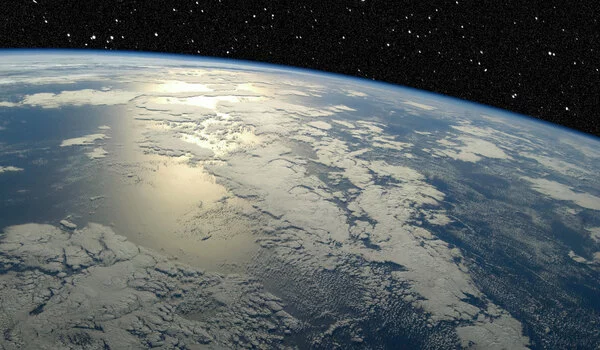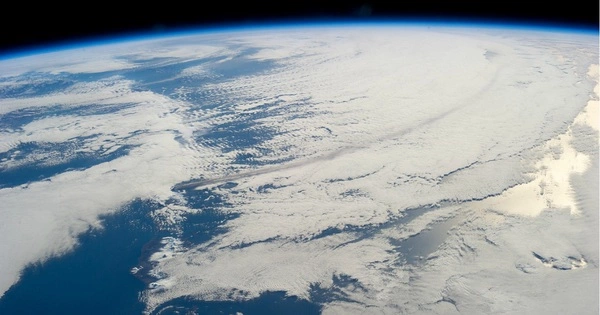The study of the Earth’s stratosphere is essential for reducing uncertainty in future climate change predictions. The stratosphere is the layer of the Earth’s atmosphere that exists above the troposphere and extends 10 to 50 kilometres above the Earth’s surface. It is home to the ozone layer, which protects the planet from harmful ultraviolet radiation.
A new study led by the University of East Anglia (UEA) reduces uncertainty in future climate change linked to the stratosphere, with significant implications for Earth’s life. Man-made climate change is one of the most serious challenges we face today, but uncertainty about the magnitude of global change makes effective policy responses difficult.
Future changes in water vapour in the stratosphere, an extremely dry region of the atmosphere 15-50 km above the Earth’s surface, are a significant source of uncertainty. Future increases in water vapour pose a risk of exacerbating climate change and delaying the recovery of the ozone layer, which shields life on Earth from harmful solar ultraviolet radiation.
Now, an international team led by Peer Nowack, a former member of the Climatic Research Unit at UEA, has developed a new statistical learning approach that combines information from satellite observations with data from cutting-edge climate models to narrow the range of likely future stratospheric water vapour amounts.
Our research implies that while stratospheric water vapour concentrations are still likely to increase with global warming, the large changes that could significantly delay ozone recovery are highly unlikely.
Manoj Joshi
One of the key findings, published today in the journal Nature Geoscience, effectively eliminates the most extreme scenarios, which imply that water vapour concentrations could rise by more than 25% for every degree of global warming. The new method reduces the 95th percentile of climate model responses by half.
“Man-made climate change affects Earth’s atmosphere in many important and often surprising ways,” said Prof Nowack, who is now at the Karlsruhe Institute of Technology’s Institute of Theoretical Informatics.
“In our paper, we look at changes in stratospheric water vapour under global warming, an effect that is still poorly understood. Since water vapour is central to the physics and chemistry of the stratosphere, I felt that we crucially need a new approach to address this longstanding uncertainty factor.

“We were able to make highly effective use of Earth observations to reduce this uncertainty with our new data-driven approach, which exploits machine learning ideas.” This required us to create a framework in which we could innovatively combine scientific understanding and mathematical relationships learned from satellite data.”
“With this approach, we were able to show that many climate model projections of very large stratospheric water vapour changes are now inconsistent with observational evidence,” said co-author Dr Sean Davis, a Research Scientist at the National Oceanic and Atmospheric Administration in the United States who specialises in stratospheric water vapour satellite measurements.
The quantification of stratospheric water vapour trends under global warming has long been a research challenge. This task has been made difficult due to the complexity of the underlying processes that control stratospheric water vapour and the relatively short record of high-quality satellite observations. The presence of so-called climate feedbacks adds another challenge because they can act to amplify or dampen global warming, resulting in a broader range of possible future temperature increases.
One such feedback is the amount of water vapour held in the stratosphere, which climate models predict will increase, but the range of predicted increases has remained very wide for decades. This is significant because large climate-driven increases in stratospheric water vapour, such as those predicted by many climate models, could delay the recovery of the ozone layer and the Antarctic ozone hole over the course of this century.
“Our research implies that while stratospheric water vapour concentrations are still likely to increase with global warming, the large changes that could significantly delay ozone recovery are highly unlikely,” said Manoj Joshi, Professor of Climate Dynamics at UEA and co-author on the paper.





